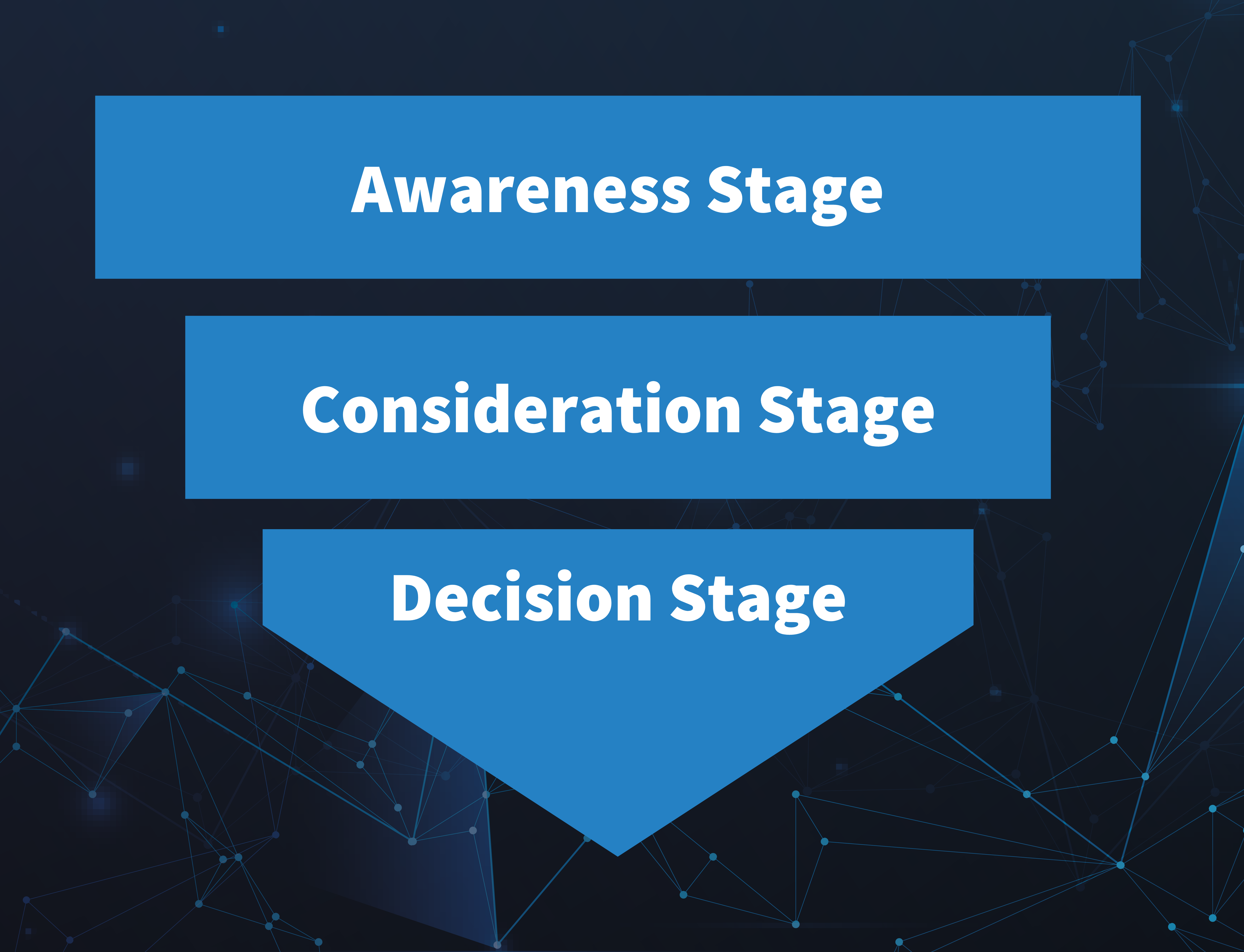So, we’ll bash out a few blogs then, with our keyword phrases in the title? Again, it’s a good start.
However, there are things that we can do to make sure that each piece of content is optimised to improve our chances of success:
Linking – internal & external
For Google (and our audiences) to understand the website, we’ll need to create internal links out of any phrases or topics that are covered in other blogs or in pages on the website.
We can also link through to external content where appropriate and useful for our audience.
Organically, over time, if our content is well-written and useful, we will start to gain external inbound links to our content.
Those external links are a great sign to the search engines that our content is interesting, useful, and worthy of being ranked well.
Promoting through Social Sharing
Once our content is written and published it needs to be shared on social media.
Which platforms?
Our personas should tell us that. Who is our content for, and where do they go to get their news? Twitter, LinkedIn, Facebook?
In a similar way to linking, social liking and sharing are signs to the search engines that our content is worthy of merit.
A blog post that is shared on social media and liked or commented on is of much more value (and therefore more likely to be ranked) than a post that just languishes quietly on a blog.
Make it a contractual part of each employee’s responsibility to share the company’s blog posts and content across social media as part of their working day.
At the very least our sales teams should be doing this. It will make them more aware of how their prospects go through their buyer’s journey. It could be their first steps towards becoming smarketeers, or buffalaughs.
It will also dramatically increase the reach of your content marketing efforts and ultimately result in more leads.
What’s my optimum output?
How many blog posts should we write?
One a month will get you 12 posts in a year – which isn’t really much content. Double or quadruple it and you will start to see what a difference it makes.
After 55 to 70 blog posts you will start to see a step increase in the amount of organic traffic coming to your blog, and your website.
At Intergage we regularly produce ten to twelve blog posts per month.
So, how quickly do you want to get to 60 blog posts? Bear in mind that 4 blogs per month will only bring you 48 blog posts in a year.
Build that thinking into your content marketing plan. However, we don’t just want to go chasing ‘magic numbers’ of blog posts.
We should always remain focused on delivering great quality, useful, informative content that will resonate with our various audiences.
Calls to Action
Each blog post that you write is an opportunity to invite your audience in further. Every single blog or piece of content that you produce should invite your audience to engage further with you by having a call to action.
If you are writing about your software product, sign off by asking if they’d like to know more. Your call to action should link through to a landing page about your next seminar, or an offer to book a demonstration.
Ask yourself with each piece of content that you produce “What is the purpose of this content?” and “What do I want my site visitor to do next?” and include a relevant call to action.
Focus on the Top of the funnel
At the top of your sales funnel (the widest part), the content needs to be written for an audience who may not be fully aware of the issues they are facing. Or they may be looking to find out more about them.
So, you need to deliver helpful content for your audience(s) for each stage of their buyer’s journey. Do your blogs, infographics, webpages and whitepapers deliver useful content at each of these stages?
Awareness stage – your audience isn’t fully aware of the issues facing them (TOFU). Most commonly, the content you need for this are blog posts with calls to action that lead to content offers such as ebooks. Then your visitors cross the anonymity threshold to swap their contact details for your great ebook content.
Consideration stage – your audience is aware of the issue and is actively searching for solutions (MOFU). Here’s where you can start to point to solutions with your case studies, white papers, videos and blogs. Build your credibility, show that you understand the issues and solutions. You can even write content around your competitors’ solutions to de-position them.
Decision stage – your audience is fully aware of the issues and possible solutions and is choosing a solution (BOFU). Here’s where you can write content about implementation of the solution choosing a supplier, or diving straight in with a product demonstration or trial.
TOFU, MOFU and BOFU – not three of the dwarves from the Hobbit, but Top, Middle and Bottom of funnel.
Lots to Remember
In providing contracts for this sort of thing we’ve discovered that the best way to approach this is by building a framework (and a large spreadsheet or two) to map it all out.
You’ll need your personas and a plan for producing the content that you need for TOFU, MOFU and BOFU.
And you’ll need to have tailored your messages for each persona.





